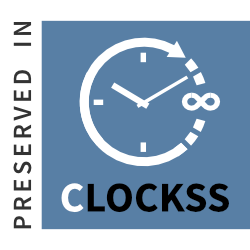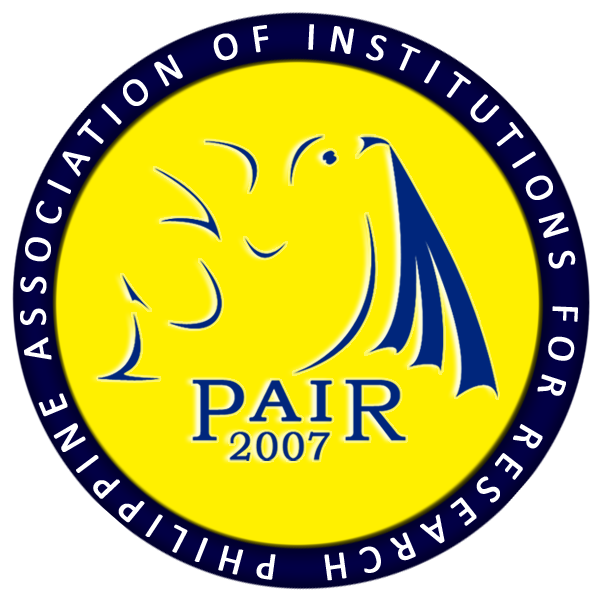Effects of Peer Tutoring on Students' Achievement in Statistics
DOI:
https://doi.org/10.7719/jpair.v3i1.81Keywords:
Peer tutoring, students' achievement, statisticsAbstract
Peer tutoring is a system of instruction in which learners help each other to learn. In this study, peer means the classmate of the students in the statistics graduate class. This study made use of peer tutoring as an innovative strategy in teaching inferential statistics in the graduate school. Two classes of statistics were used, one experimental class and the other was the control class. The subjects were matched by the researcher based on their Otis Lennon Scholastic Ability Test (OLSAT) scores which were taken from the guidance office. Results show that the students' achievement with peer tutoring and without peer tutoring was significantly different in favor of those groups with peer tutoring. Graduate students could freely express themselves and they found the activities enjoyable. Anxiety and attitude of students were significantly different when the subjects were grouped as those with peer teaching and without peer teaching. Both anxiety and attitude toward the subject greatly influenced the achievement of students in inferential statistics.
Downloads
References
Bennet, C., Foreman-Peck, L., & Higgins, C. (1996). Researching into teaching methods in colleges and universities. London: Kogan Page.
Biggs, J. (1999). Teaching for quality learning at university: What the student does. Buckingham: SRHE and Open University Press.
Bishop, D. I. (2004). Predicting success in statistics: The role of formal operations, mathematics anxiety, and math skills. Paper presented at the 14th Annual Conference of the American Psychological Society, New Orleans.
Downloads
Published
Issue
Section
License
Copyright (c) 2009 Estela C. Itaas

This work is licensed under a Creative Commons Attribution-NonCommercial 4.0 International License.
Open Access. This article published by JPAIR Multidisciplinary Research is licensed under a Creative Commons Attribution-Noncommercial 4.0 International (CC BY-NC 4.0). You are free to share (copy and redistribute the material in any medium or format) and adapt (remix, transform, and build upon the material). Under the following terms, you must give appropriate credit, provide a link to the license, and indicate if changes were made. You may do so in any reasonable manner, but not in any way that suggests the licensor endorses you or your use. You may not use the material for commercial purposes.





















